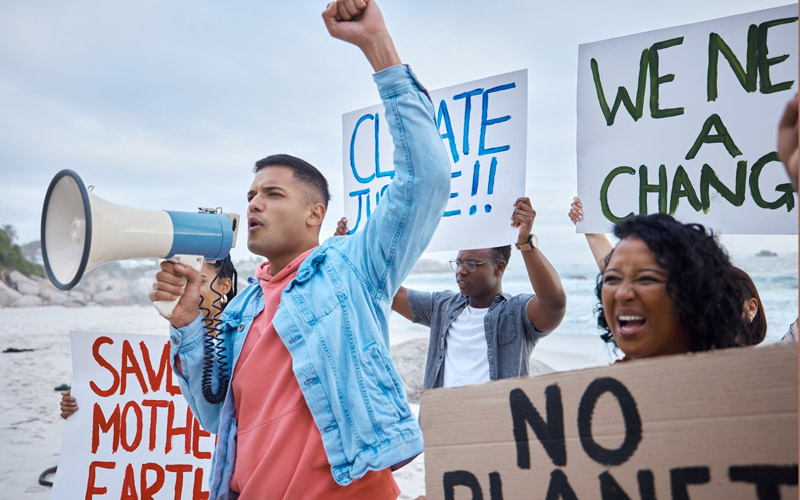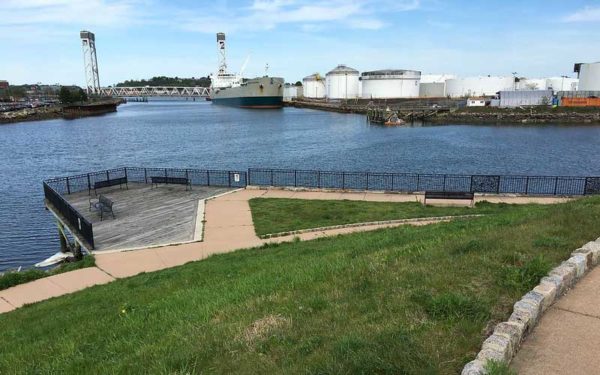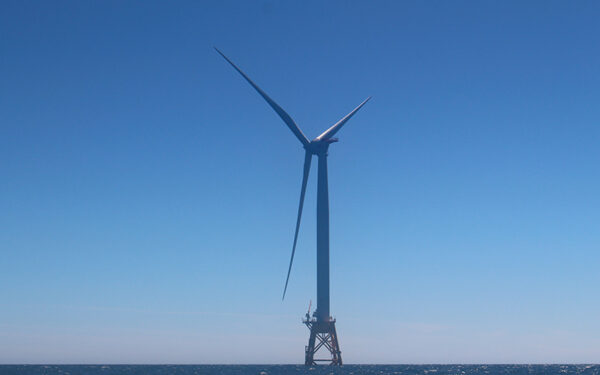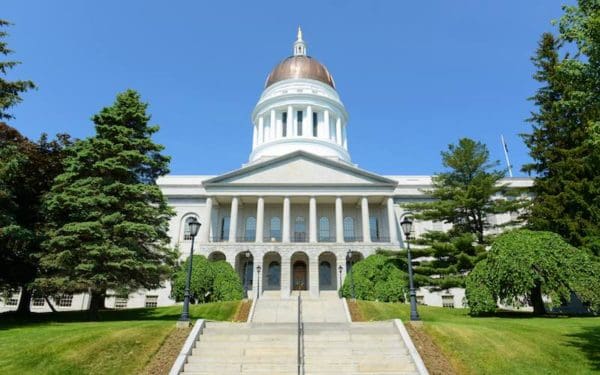
Climate justice understands that the impacts and solutions to address climate change affect us differently, and it demands we fix that. Photo: Yari A. via Shutterstock.
Extended heat waves, stronger winds, more intense rainstorms – these are some of the climate impacts already affecting New England. According to scientists, these impacts will only worsen in the coming years. Unfortunately, these problems often hit communities of color and low-income residents first and hardest. Federal and state governments have taken steps to tackle our climate crisis by investing in clean and renewable energies. But, too often, these initiatives have sacrificed the health and safety of the same communities that already bear the brunt of climate change.
We can’t continue to leave communities behind – not even in the name of climate progress. We need urgent action to prevent further harm in historically marginalized communities and create a clean energy future that benefits us all. In other words, we need climate justice.
What Is Climate Justice?
Climate justice begins with understanding that the impacts and solutions to address climate change affect communities differently. From factories to highways to landfills to airports, most projects and industries take the largest toll on communities of color and low-income residents. Those negative impacts include air and noise pollution, increased risks of flooding, more dangerous streets, and more. But it doesn’t have to be that way.
The climate justice movement also demands that we change the on-the-ground realities of our communities. That means fighting these injustices so that everyone can enjoy the clean and sustainable future we deserve. To get there, we must advocate for policies and measures that prioritize the needs and voices of those who have historically borne the brunt of our polluting energy infrastructure.
Yet, we can’t mend the injustices of the past just by preventing future harm. We also need to address the disparities created by decades of inequality. So, climate justice also seeks to tackle the issues that our communities already live with – like overheating temperatures caused by the lack of trees.
Why Is Climate Justice Important?
Climate justice challenges us to think broadly about the impacts of our actions, including actions to address climate change. It’s not enough to think about how to fix a problem. We need to find solutions that work for all. This approach to climate solutions benefits us all because it actively tries not to sacrifice or leave anyone behind. That means everyone will have a better chance to thrive in terms of health, education, and financial security, making us all better off.
Beyond that, climate justice challenges us to also think about how we can use solutions to tackle the problems that came before. Take our transition to clean energy as an example. As we continue to electrify our homes and transit systems, we will need to build the infrastructure and systems to support them. That includes the facilities needed to produce – and get to our homes – clean renewable energy from solar and wind power. But these pieces of clean energy infrastructure could create new problems – or build upon already existing ones.
What Climate Justice Means for New England
Here in New England, climate justice represents an opportunity to course-correct how we develop our communities. That means leveraging climate solutions to tackle the problems that came before and prevent challenges ahead.

Let’s take a look at the electric substation Eversource plans to build in East Boston on the banks of the Chelsea Creek. Despite local opposition, the corporation claims we need the substation to make our electric grid more reliable. But neighbors point out that the site sits in a flood zone and that water and electricity don’t mix well.
East Boston is home to a large percentage of immigrants, people of color, and low-income residents. That’s the reason the state designated the area as an environmental justice population. So, it comes as no surprise that the neighborhood houses an international airport, major highways, and much of the region’s fuel oil reserves. An electric substation would be the cherry on top of dozens of environmental hazards the community already experiences.
Climate justice urges us to ask how to avoid the wrongs of the past – especially in communities like East Boston. But to get there, we must think outside the box, and question whether we could do without a substation in the first place.
Our partners at GreenRoots and the Union of Concerned Scientists dug deeper into the alternatives to the substation. Their analysis illustrates a climate justice lens because it focuses on solutions that don’t sacrifice the livelihoods of some communities.
The researchers found that East Boston has tremendous potential for rooftop solar energy. The rooftops of just 700 triple-deckers could generate enough energy to power nearly 2,000 homes. With the availability of more solar energy on our roofs, we could do without this facility. And this idea is not a pipedream. Cities in Utah and Vermont already leverage this technology to address the increased need for electricity. The best part? No community will have to endure the risks of a dangerous electric substation. That’s climate justice.
Time for Action
Together, we can create a world where everyone has a fair chance to thrive amidst the challenges of a changing climate. You can help too. Ask your legislators to support laws and policies that push forward climate justice in our communities, such as the Air Quality and Energy Facilities Siting Improvement bills. We need to ensure that all communities have a fair say in the decision shaping their neighborhoods. That’s the only way we can guarantee a healthier future for all.



